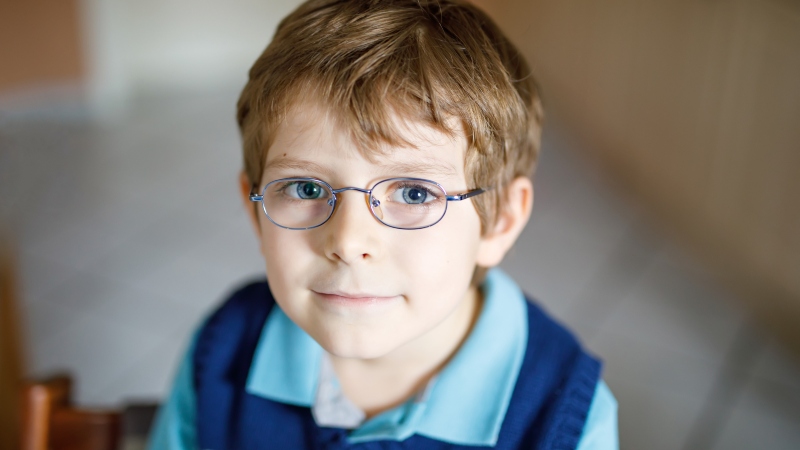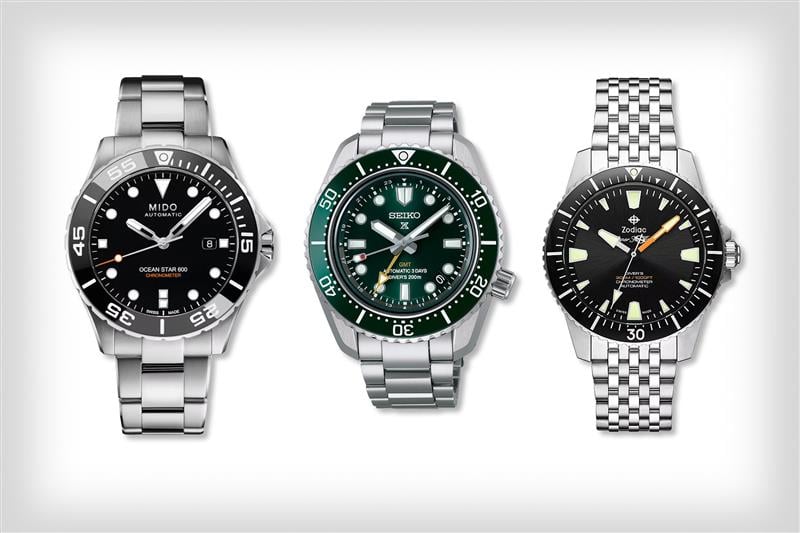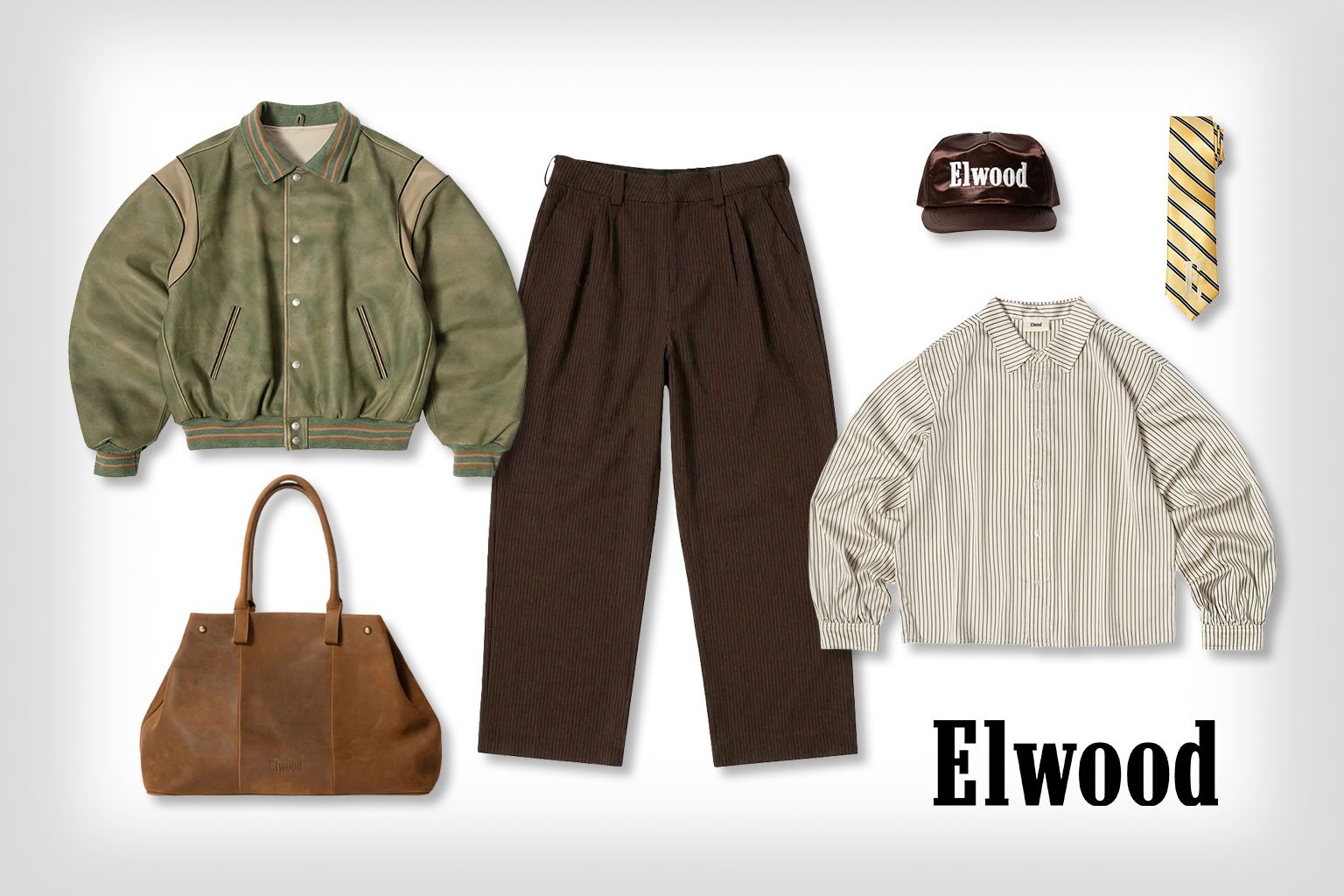EVERYDAY CARRY: Seamaster | FashionBeans
Dec 30, 2025Myopia in Children: Is There Anything That Can Slow Its Progression?
- Jul 12, 2023
- 0 Comments
1145

BY JOHN LAWRENSON
Cochrane Eyes and Vision Editor and Optometrist, John Lawrenson blogs about the latest Cochrane evidence on interventions for controlling myopia in children and asks ‘What is the most effective treatment?’
This blog was originally published 13 March 2020; revised and republished with new evidence 4 July 2023.
Take-home points
Myopia (short sight) is affecting increasing numbers of children. Myopia puts the eye at greater risk of eye diseases in later life. Cochrane evidence on treatments to slow myopia progression shows that atropine eye drops are the most effective although there is still uncertainty regarding the optimal dose and treatment duration. Several optical treatments, including special types of lenses in eye glasses, as well as specialist contact lenses, may slow the progression of myopia, but their effect is still uncertain and better evidence is needed.
Myopia, a 21st-century global public health problem
With myopia (near or short-sightedness) predicted to affect 50% of the world population by 2050, the condition is rapidly becoming a global public health concern. Myopia, which causes distant objects to become blurred, is already reaching epidemic proportions in certain parts of East and South East Asia. For example, in urban areas of South East Asia, 80-90% of children are myopic by the time they complete their high school education, an increase of over 20% in the last decade. Although often regarded as simply a minor inconvenience, higher degrees of myopia are associated with sight-threatening eye problems such as glaucoma, myopic degeneration of the retina and retinal detachment later in life.
Interventions to slow myopia
At birth, newborns are usually longsighted (hyperopic), which then slowly declines to the point that by five to seven years of age, children typically have either normal eyesight or a low degree of hyperopia. Myopia is uncommon in children under six even in East Asia, however in high-risk populations the number with myopia increases dramatically after this age, possibly linked to the intensity of the educational system. Although conventional eyeglasses or contact lenses are able to correct short sight, they do not slow its progression. In recent years, there has been a considerable amount of interest in the development and testing of interventions to slow the rate of progression of myopia. Since myopia tends to stabilise in late adolescence, interventions to slow myopia progression need to be delivered in childhood.
These interventions generally use one of three approaches:
- Optical treatments that use multifocal glasses or special contact lenses.
- Specially designed rigid contact lenses (orthokeratology) that are usually worn at night to reshape the cornea at the front of the eye to correct myopia and slow progression.
- Pharmacological interventions that involve the use of eye drops such as atropine, which act on the eyes focussing system and lead to biochemical changes that slow the rate of eye growth.
The latest evidence
A 2023 Cochrane Review on interventions for myopic control in children included 64 studies with 11,617 children, compared several optical and pharmacological interventions to slow progression of myopia. The review provided moderate-certainty evidence that higher doses of atropine were probably an effective treatment for myopia control, with less certain effects for low-dose atropine. However, some children experienced side effects related to the drops, such as focusing difficulties, sensitivity to light and eye discomfort. In one of the largest studies, approximately 15% of children stopped therapy due to side effects.
Based on short-term studies, orthokeratology is the most effective of the optical treatments in slowing elongation of the eyeball. These lenses were often difficult to tolerate, with more than half of children not completing the treatment in some studies. Other types of contact lenses, known as multifocal soft contact lenses, may also reduce the progression of short-sightedness, but there is still some uncertainty about their beneficial effects. Furthermore, 60% of studies included in the review were conducted in East Asia and it is unclear whether the reported effectiveness would extend to other ethnic groups.
Where does this leave us?
Atropine eye drops currently seem to be the most effective treatment for myopia control, but further research is needed to determine the optimal dose and duration of therapy. Although lower atropine doses may reduce side effects, this may be associated with a decrease in effectiveness but could potentially be used in combination with optical treatments. Optical treatments, including special types of lenses in eyeglasses as well as contact lenses, may also slow the progression of short‐sightedness, but their effect is still uncertain.
Advice to parents of children at risk of developing myopia
An increasing number of eye care practitioners are offering a variety of pharmacological and optical interventions to slow the rate of myopia progression. It is therefore important that parents are provided with the most current and relevant evidence on the likely success of these treatments. This updated Cochrane Review is therefore very timely.
The most effective intervention in the reported studies was atropine eye drops; however, the concentration of atropine used (0.5%, 1%) was higher than the lower dose (0.01%) currently being offered by most practitioners.
In terms of optical treatments, orthokeratology (ortho-K) currently appears to be the most effective treatment for slowing childhood myopia progression, but these lenses require more specialised knowledge by the eye care practitioner and may be difficult to tolerate.
Evidence on the effectiveness of other treatments was limited by short study durations and considerable variability in treatment response.
Join in the conversation on Twitter with @jglawrenson @CochraneUK or leave a comment on the blog.
Please note, we will not publish comments that link to commercial sites or appear to endorse commercial products. Please note, we cannot give specific medical advice and do not publish comments that link to individual pages requesting donations or to commercial sites, or appear to endorse commercial products. We welcome diverse views and encourage discussion but we ask that comments are respectful and reserve the right to not publish any we consider offensive. Cochrane UK does not fact-check – or endorse – readers’ comments, including any treatments mentioned.
References (pdf)
John Lawrenson has nothing to disclose.
—
This post was previously published on evidentlycochrane.net under a Creative Commons License.
***
All Premium Members get to view The Good Men Project with NO ADS. Need more info? A complete list of benefits is here.
 Compliments Men Want to Hear More Often Compliments Men Want to Hear More Often |
 Relationships Aren’t Easy, But They’re Worth It Relationships Aren’t Easy, But They’re Worth It |
 The One Thing Men Want More Than Sex The One Thing Men Want More Than Sex |
 ..A Man’s Kiss Tells You Everything ..A Man’s Kiss Tells You Everything |
kofiWidgetOverlay.draw(‘goodmenproject’, {
‘type’: ‘floating-chat’,
‘floating-chat.donateButton.text’: ‘Support Us’,
‘floating-chat.donateButton.background-color’: ‘#00b9fe’,
‘floating-chat.donateButton.text-color’: ‘#fff’
});
—–
Photo credit: iStockPhoto.com
The post Myopia in Children: Is There Anything That Can Slow Its Progression? appeared first on The Good Men Project.
Publisher: Source link







